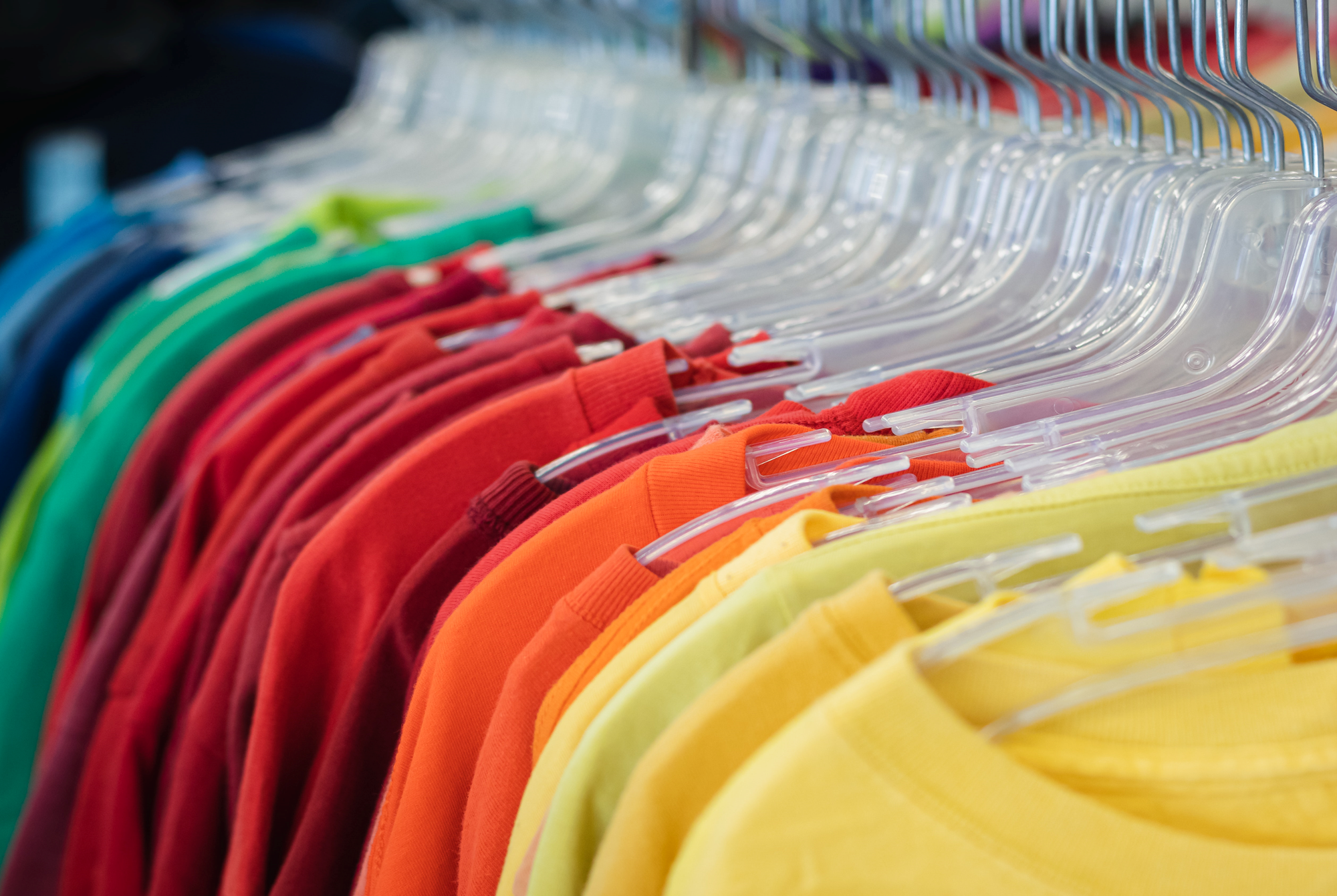The potential for scaling textile recycling in Europe is vast, with experts predicting that it could generate between €6 billion and €8 billion in sales by 2030. Europe produces over 12 million tons of textile waste annually, but currently, less than 1% of this waste is recycled into new garments. This has prompted policymakers and industry stakeholders to prioritize textile recycling as a critical environmental and economic issue.
The European Union’s directive requiring the separate collection of textile waste is set to drive significant changes in how the fashion industry addresses its environmental impact. Experts believe that boosting textile recycling will create around 15,000 new jobs by 2030, while also reducing the environmental toll of the fashion industry, which is responsible for 10% of global carbon emissions, 20% of wastewater, and 30% of plastic waste in the oceans.
Countries like Spain are already taking steps to implement stricter recycling measures. A new law requires municipalities to collect and recycle textiles separately, placing the cost burden on manufacturers through an “extended producer responsibility” system. Major fashion brands such as Inditex, H&M, and Decathlon have responded by forming the Re-Viste association, which will oversee recycling initiatives in Spanish cities.
However, achieving the full potential of textile recycling requires significant investment. A McKinsey & Company report suggests that between €6 billion and €7 billion is needed for collection, sorting, and the establishment of recycling plants. Some regions, such as Galicia, are leading by example with plans to open large-scale facilities capable of processing 24,000 tons of textile waste annually by 2026. The cooperative ModaRe is also expanding its recycling operations.
The combined efforts of governments, fashion brands, and cooperatives are expected to drive progress toward a more circular and sustainable fashion industry, reducing waste and contributing to the European economy.
